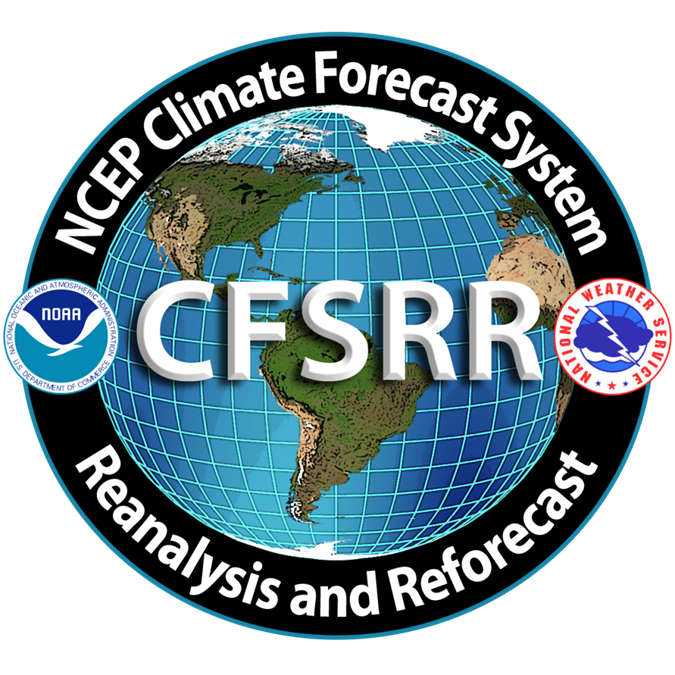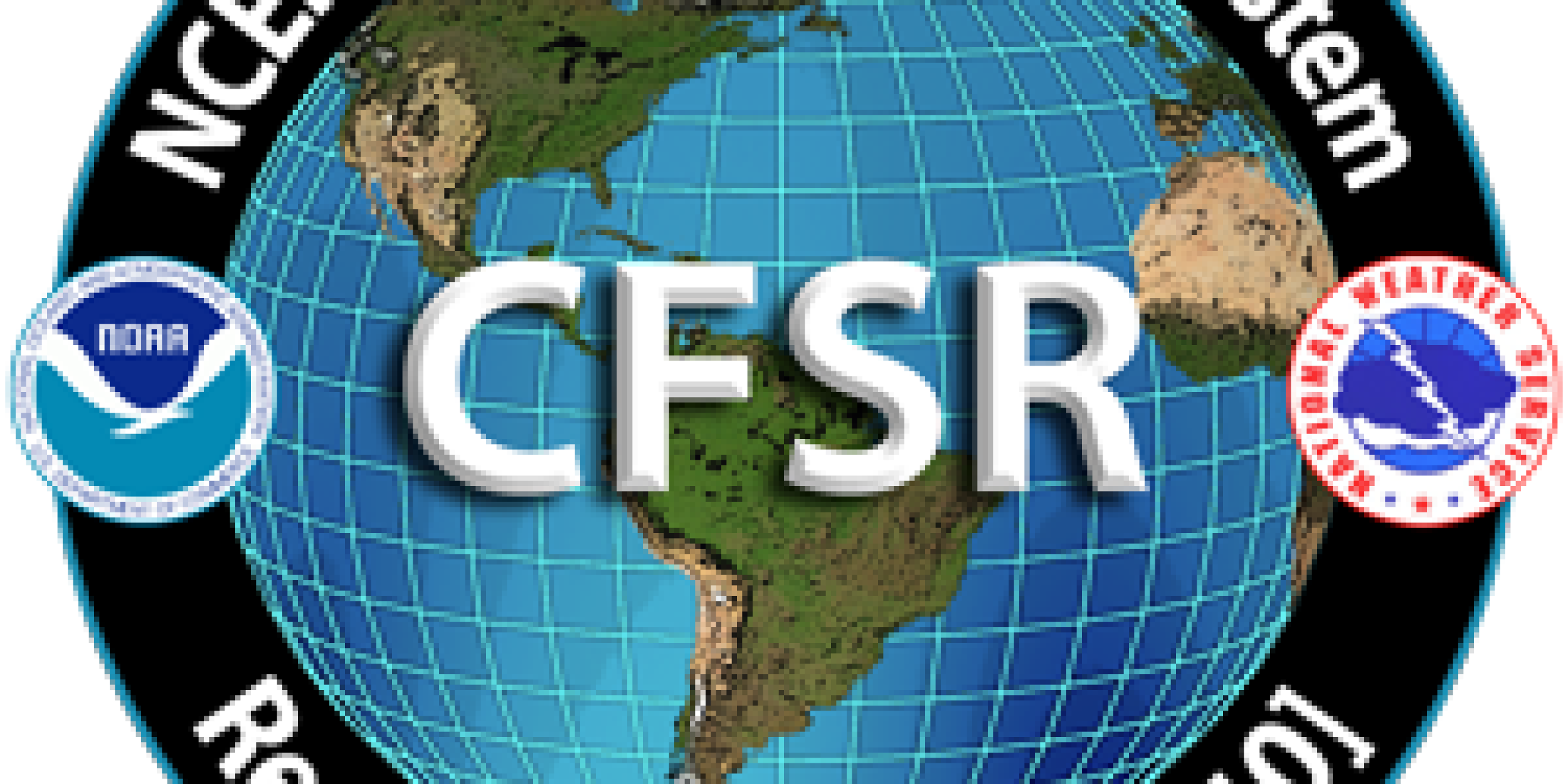

Through new NOAA-funded research, scientists found that NOAA’s operational seasonal prediction model can produce skillful forecasts of U.S. temperature and precipitation 3-4 weeks in advance. A report of their study appears in the Journal of Climate.
Researchers found that an ensemble of forecasts from the model can skillfully predict average week 3-4 temperature and precipitation for both winter and summer. Additionally, the forecast skill stems from underlying predictable patterns associated with the El Niño-Southern Oscillation (an alternating pattern of abnormally warm and cool sea surface temperatures in the tropical Pacific Ocean) and the Madden-Julian Oscillation (an atmospheric pattern made up of of wind and rainfall variations along the equator).
Researchers analyzed hindcasts (forecasts of past events) of temperature and precipitation in January and July from 1999 to 2010 from version two of the Climate Forecast System (CFSv2), NOAA’s operational seasonal prediction model.
Because many key management decisions in agriculture, food security, water resources, and disaster risk are made on the 3-4 week time scale, skillful forecasts in this range have significant social and economic value.
This study was supported by the CPO Modeling, Analysis, Predictions, and Projections (MAPP) Program as part of its Climate Test Bed activities



